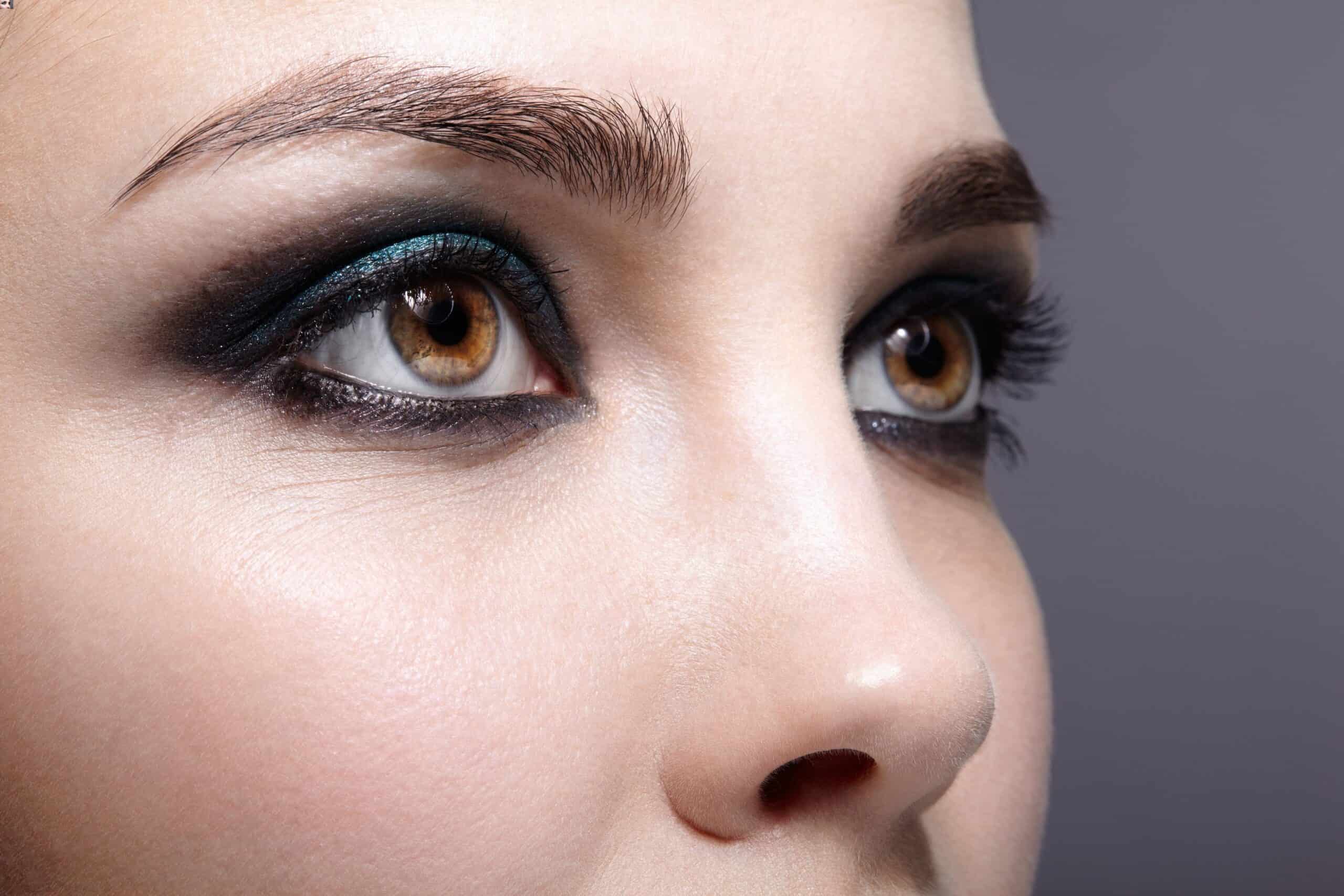Saddle Nose Deformity
in Torrance, CA
Also serving Palos Verdes & Redondo Beach
The saddle nose deformity consists of a loss of projection of the bony and cartilaginous dorsum. Although some patients are born with saddle nose deformity, most cases are acquired. Nasal trauma resulting in septal hematoma can cause loss of septal support and a resulting saddle nose deformity. Another common cause is the use of cocaine. Cocaine can cause septal necrosis which results in loss of septal support and a subsequent saddle nose deformity. Previous septal surgery and infection are other causes of saddle nose deformity.

Diagnosis
A thorough history will be performed by Dr. Bray, Jr. This will help establish the cause of the saddle nose deformity. A complete external and internal nasal exam will be performed. Photographs will be taken and analysis performed. In some cases the saddle nose deformity may be the result of loss of support of the nasal dorsum. However, the nasal tip may also be abnormal. It is important that the projection of the tip be assessed to determine if adjustments must be made to the tip at the time of dorsal correction. The radix should also be assessed.
An internal nasal exam is performed. The septum is evaluated, and if there is a septal perforation the size is assessed. The internal nose is assessed for scarring, and the internal and external nasal valves are assessed.
Surgery
The surgical plan is determined by the anatomic problems. In mild cases of saddle nose deformity, the defect can be corrected with a dorsal graft made from septal or ear cartilage. Dr. Bray, Jr. prefers to dice the cartilage and wrap the cartilage in fascia to create an autologous graft which is easy to mold to the ideal shape. In more severe cases rib cartilage or bone is used to recreate the nasal dorsum. Dr. Bray, Jr. will also used diced cartilage to help hide any irregularities caused by the rib graft.
The nasal tip frequently requires support when correcting a saddle nose deformity. This can be achieved by placing a cartilage graft between the medial crura in order to support the nasal tip and add projection. This graft must be secured to the nasal spine to prevent deviation.
As a result of scarring and contracture of the nose the nasal lining may need to be released. The releasing incisions allow the grafts to stretch the tissue in the desired shape.
If a septal perforation exists this may be corrected at the time of dorsal augmentation. The size of the perforation determines the method of closure.
Postoperative
The postoperative course for a saddle nose deformity correction may differ from traditional rhinoplasty depending on the surgery performed. In most cases a nasal splint is placed. Sometimes a K-wire is placed to secure the cartilage grafts and this may not be removed for over one week. If rib cartilage is used a small incision over the chest may require post operative care.
Before/after images of Dr Bray, Jr.’s rhinoplasty work are in the image gallery.


